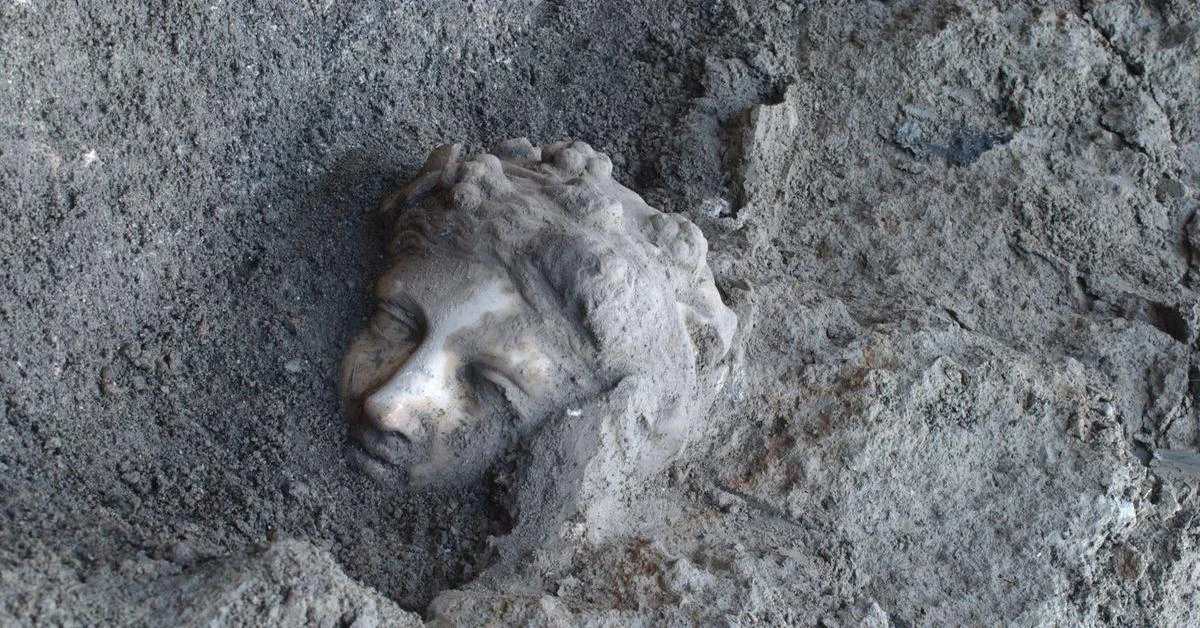Rome’s first Emperor Augustus had a palace that may have been buried under Vesuvius’ lava

Researchers at the University of Tokyo have unearthed what may be Emperor Augustus’ opulent villa at Somma Vesuviana, revealing artifacts and structures that highlight the grandeur of his reign and the aftermath of Vesuvius’ eruption
A team of archaeologists from the University of Tokyo may have located the final dwelling of Rome’s first emperor, Augustus, at a site north of Mount Vesuvius, which continues to reveal its secrets after two decades of excavations.
Their findings indicate significant breakthroughs in pinning down the historical significance of the Somma Vesuviana site.
This villa, hidden under a structure dating bak to the second century, aligns with historical narratives by Roman historians such as Tacitus and Suetonius.
They recorded that Augustus passed away in 14 A.D. at his family’s villa near Nola. “Our site is probably the only one, or one of only the very few, possibilities that we have,” Mariko Muramatsu, the project’s lead archaeologist, conveyed to Live Science, emphasizing the rarity and importance of the site.

Excavations, initiated in 2002, recently reached deeper strata revealing earlier buildings buried by Vesuvius’ devastating eruption in 79 A.D., which is well-known for obliterating Pompeii. Muramatsu states, “We now have clear evidence that shows the eruption of 79 A.D. destroyed a building under the villa that we already have.” This evidence extends the narrative of Vesuvius’ impact, proving it affected areas far beyond southern locales like Pompeii.
The uncovered artifacts from the villa, including luxurious marble statues and ancient amphorae, hint at the villa’s grandeur and its occupants’ high social status. These finds paint a vivid picture of the villa’s layout and usage, suggesting a complex of private baths and storage rooms, replete with objects for daily and luxurious use.

Researchers have employed radiocarbon dating and volcanic material analysis to solidify the timeline of the villa’s destruction and subsequent burial. This scientific approach has helped trace the villa’s lineage back to the first century A.D., providing a clearer connection to Augustus.
This excavation not only contributes to our understanding of Roman architectural evolution but also challenges earlier assumptions about the socio-economic backdrop of the region during Roman times.
Muramatsu explains, “This type of research not only connects the physical evidence with Augustus, who is mainly known through historical writings but also sheds light on the local economy and society in the region at that time, which may have been more prosperous and significant than previously thought.”

The ongoing work at Somma Vesuviana illustrates the resilience of the local population, who overcame the volcanic disaster by rebuilding atop the ruins across centuries. From a lavish residential villa, the site transformed into a bustling wine production facility by the fourth century, exemplifying the adaptive reuse of land and resources.
With continued exploration and upcoming excavations, the University of Tokyo’s archaeologists hope to further solidify the link between the ruins and Emperor Augustus, potentially uncovering a lost chapter in the saga of the early Roman Empire.
Source: Newsroom



